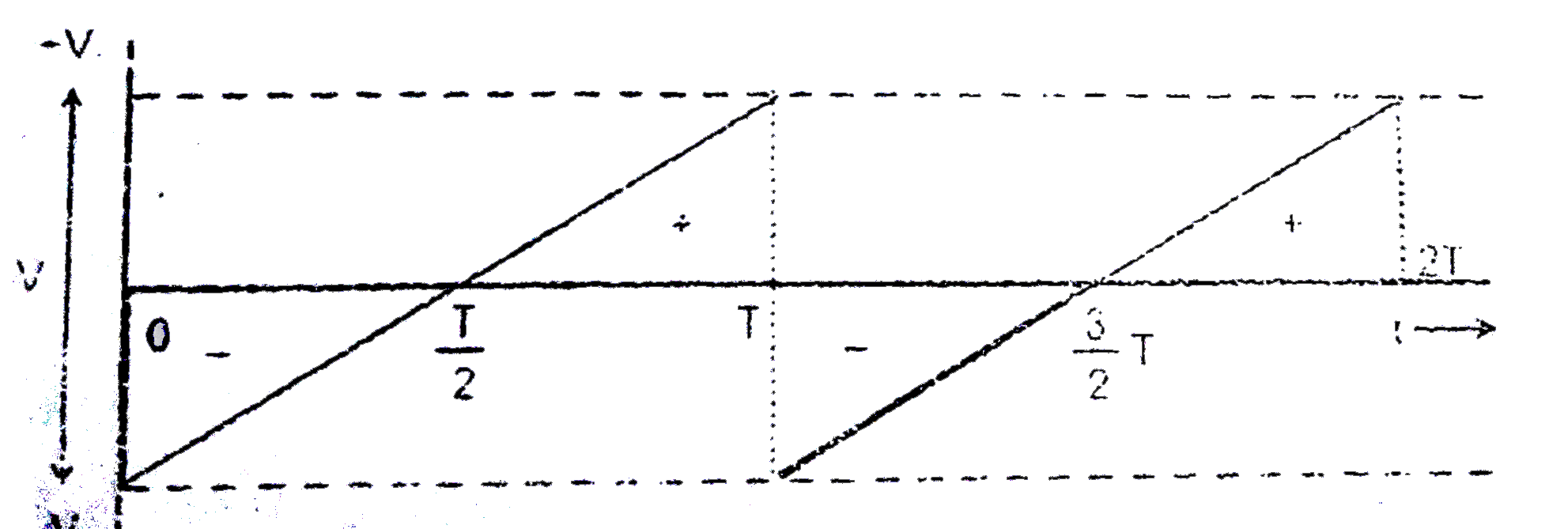Let I be the purchase value of an equipment and V(t) be the value after it has been used for t years. The value V(t) depreciates at a rate given by differential equation dV(t)dt=-k(T-t) , where k>0 is a constant and T is the total life in years of the equipment. Then the scrap value V(T) of the equipment is : (1) T2−1k (2) I−kT22 (3) I−k(T−t)22 (4) e−kT
e−kT
T2−Ik
I−kT22
I−k(T−t)22
To solve the problem, we need to find the scrap value V(T) of the equipment after it has been used for T years, given the differential equation for depreciation. Let's go through the steps systematically.
Step 1: Write down the differential equation
We are given the differential equation:
dV(t)dt=−k(T−t)
where k>0 is a constant and T is the total life in years of the equipment.
Step 2: Rearrange the equation for integration
We can rearrange the equation to separate variables:
dV=−k(T−t)dt
Step 3: Integrate both sides
Now we integrate both sides. The left side integrates to V(t), and the right side requires integration:
∫dV=∫−k(T−t)dt
The right-hand side can be integrated as follows:
V(t)=−k(∫(T−t)dt)+C
Calculating the integral:
∫(T−t)dt=Tt−t22
Thus, we have:
V(t)=−k(Tt−t22)+C
This simplifies to:
V(t)=−kTt+kt22+C
Step 4: Determine the constant of integration C
We know that at t=0, the value of the equipment is I:
V(0)=I⟹−kT(0)+k(0)22+C=I⟹C=I
So, substituting C back into the equation:
V(t)=−kTt+kt22+I
Step 5: Find the scrap value V(T)
Now, we need to find the value after T years:
V(T)=−kT(T)+k(T)22+I
This simplifies to:
V(T)=−kT2+kT22+I
Combining the terms:
V(T)=I−kT2+kT22=I−kT22
Final Answer
Thus, the scrap value V(T) of the equipment is:
V(T)=I−kT22
This corresponds to option (2).
---
We are given the differential equation:
dV(t)dt=−k(T−t)
where k>0 is a constant and T is the total life in years of the equipment.
We can rearrange the equation to separate variables:
dV=−k(T−t)dt
Now we integrate both sides. The left side integrates to V(t), and the right side requires integration:
∫dV=∫−k(T−t)dt
The right-hand side can be integrated as follows:
V(t)=−k(∫(T−t)dt)+C
Calculating the integral:
∫(T−t)dt=Tt−t22
Thus, we have:
V(t)=−k(Tt−t22)+C
This simplifies to:
V(t)=−kTt+kt22+C
We know that at t=0, the value of the equipment is I:
V(0)=I⟹−kT(0)+k(0)22+C=I⟹C=I
So, substituting C back into the equation:
V(t)=−kTt+kt22+I
Now, we need to find the value after T years:
V(T)=−kT(T)+k(T)22+I
This simplifies to:
V(T)=−kT2+kT22+I
Combining the terms:
V(T)=I−kT2+kT22=I−kT22
Thus, the scrap value V(T) of the equipment is:
V(T)=I−kT22
This corresponds to option (2).
Topper's Solved these Questions
Similar Questions
V=k(PT)0.33 where k is constant. It is an,
View SolutionIf t>0 and t2−4=0, what is the value of t ?
View SolutionIf currentI=Kcosωt+Ksinωt, (where K is a constant and t is time), then RMS value of current for one complete cycle is
View SolutionIf i=t2,0<t<T then r.m.s. value of current is
View SolutionThe instantaneous velocity of a particle moving in a straight line is given as a function of time by: v=v0(1−(tt0)n) where t0 is a constant and n is a positive integer . The average velocity of the particle between t=0 and t=t0 is 3v04.Then , the value of n is
View SolutionIf the sum of the zeros of the quadratic polynomial f(t)=kt2+2t+3k is equal to their product, find the value of k.
View SolutionThe x-t equation is given as x=2t+1. The corresponding v-t graph is
View SolutionFind the aveage for the saw-tooth voltage of peak value V0 from t=0 to t=2T as shown in figure.
 View Solution
View SolutionIf velocity v varies with time t as v=2t2, then the plot between v and t2 will be given as :
View SolutionIf velocity v varies with time t as v=2t2, then the plot between v and t2 will be given as :
View Solution

